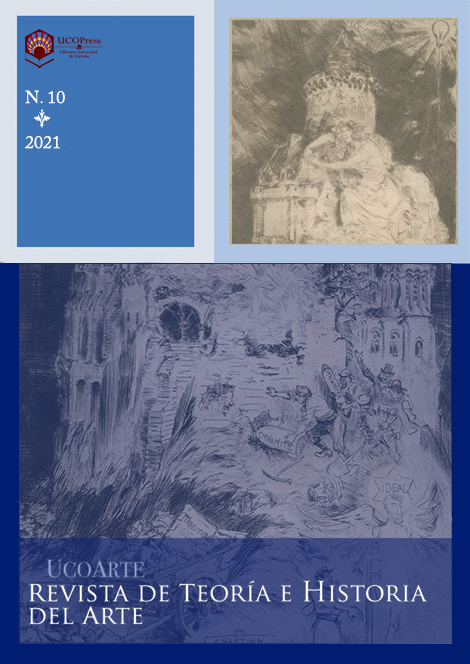Influence of vernacular architecture in Mexican wineries
Main Article Content
Abstract
Vernacular architecture is an important cultural manifestation that materializes ways of understanding and relating to the environment. Adaptation to the landscape and the natural environment are fundamental components of this type of architecture, since the topography, climate, vegetation and available materials condition its location, construction system, spatiality and form. Mexico preserves rich examples of the vernacular architectural heritage that forms part of the culture of the country’s ethnic and mestizo groups, and although interest in this constructive tradition has largely waned, some contemporary architects are reconsidering its advantages, while the tourism sector is reassessing the value of tradition.
This vision has permeated the wine sector and led to the building of wineries that seek to revive regional architectural values through spatial and morphological solutions adapted to the physical environment in which locally-sourced materials stand out, aspects that we analyze in this paper. Moreover, these constructions, which are integrated in the environment, are becoming an added value for wine estates, thus lending a representative function to their productive function and attracting visitors due to the symbiosis between wine, architecture, tradition and landscape.





